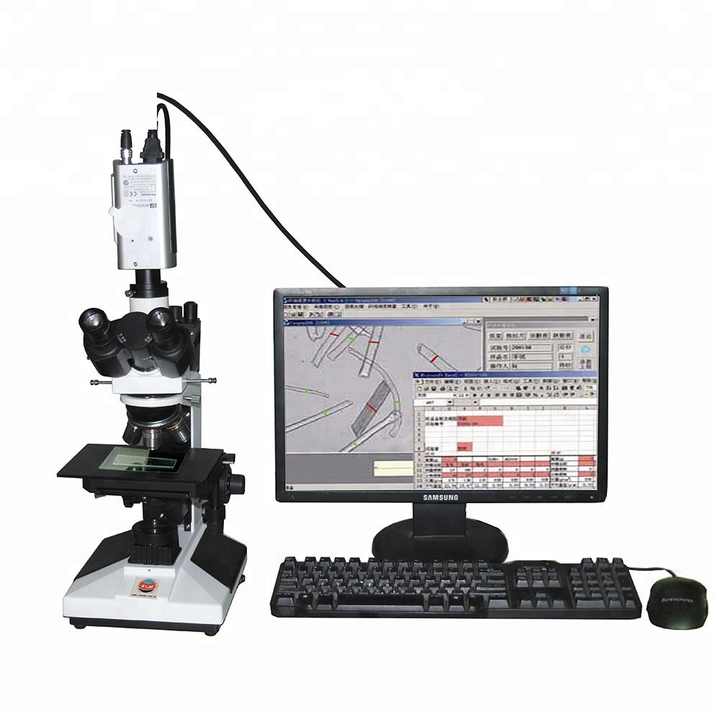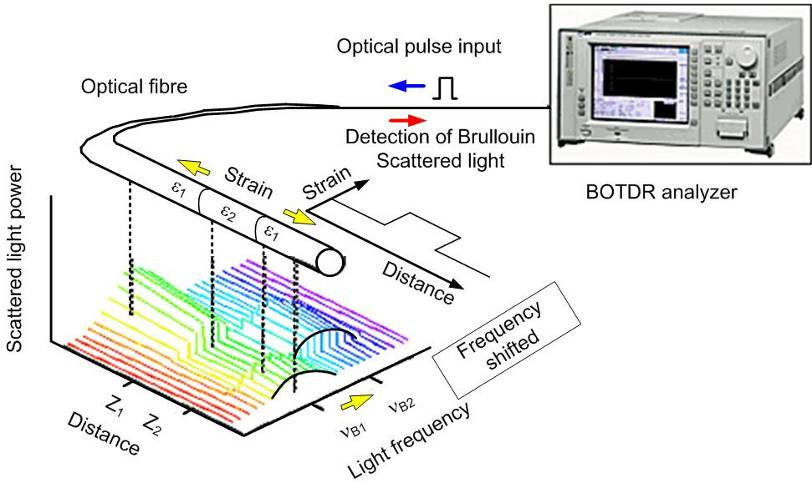Cutting-Edge Technology for Optical Fibre Diameter Analyser Precision
Cutting-Edge Technology for Optical Fibre Diameter Analyser Precision
Blog Article
Optimize Your Fibre Optic Efficiency: Recognizing Optical Fibre Diameter Analyser Modern Technology
The efficiency of fiber optic systems is critically influenced by the precision of their size, an element typically forgot in the quest of ideal signal honesty. Recognizing the technology behind optical fibre size analysers exposes the intricate balance in between dimension precision and production top quality.
Value of Optical Fibre Size
The diameter of optical fibre plays an important role in identifying the efficiency and efficiency of interaction systems. It influences several key specifications, including the mode of light breeding, depletion, and bandwidth ability. Bigger diameters normally enable multiple light modes, assisting in higher data transmission rates. On the other hand, smaller sized sizes have a tendency to sustain less settings, which can improve signal quality and decrease crosstalk.

Additionally, comprehending the diameter's ramifications can result in cost savings by lowering the need for signal boosting and repeaters in considerable networks (optical fibre diameter analyser). Finally, the significance of optical fibre diameter can not be overemphasized, as it straight affects the total effectiveness and reliability of modern interaction systems

Exactly How Size Impacts Signal Quality
Signal top quality in optical fiber systems pivots substantially on the diameter of the fiber. The size influences several vital specifications, consisting of depletion, bandwidth, and modal diffusion. A smaller diameter can lead to higher attenuation rates, causing signal loss as light trips with the fibre. This depletion can jeopardize the honesty of the transmitted information, bring about a decline in signal quality, specifically over lengthy distances.
Alternatively, larger diameters usually permit for enhanced light capture and lowered modal dispersion, improving signal quality. In multimode fibers, a bigger core size can support numerous light modes, yet it may additionally present intermodal dispersion, which can deteriorate signal high quality. Therefore, selecting the optimum fiber size is crucial for achieving the preferred performance in specific applications.
Moreover, the communication in between the fiber diameter and the wavelength of the light utilized plays a critical role in determining the efficient transmission range and overall signal integrity. Thus, recognizing how fibre size influences signal high quality is important for network designers and designers aiming to optimize optical fiber systems for trusted, high-speed data transmission.
Summary of Size Analyser Technology
In many optical fiber production processes, precise measurement of fiber diameter is vital for making sure consistent performance and quality (optical fibre diameter analyser). Diameter analysers are innovative instruments designed to assess the physical measurements of optical fibres with high precision. They utilize innovative optical and laser innovations to gauge the size, ovality, and concentricity of the fiber, thus giving essential data for top quality control
These analysers can run in-line during the production procedure or as part of off-line screening methods. In-line systems enable real-time monitoring, permitting suppliers to change parameters promptly, thereby preserving optimum production conditions. Off-line analysers, on the other hand, give extensive assessments of batches, making certain that any inconsistencies from specified tolerances are identified and dealt with.
Size analysers dramatically add to the decrease of defects in optical fibres, boosting general product reliability. By consistently determining essential criteria, these innovations facilitate compliance with industry standards and specifications. As the demand for high-performance optical fibres remains to rise, the duty of diameter analysers comes to be increasingly crucial in accomplishing the preferred high quality and performance standards in fibre optic systems.
Key Functions of Fiber Diameter Analysers
Although numerous versions of fiber size analysers exist, they generally share a number of crucial attributes that improve their capability and reliability. One of the most considerable functions is high-resolution dimension capabilities, which guarantee specific size analyses, essential for maintaining quality control in fibre manufacturing. In addition, numerous analysers include advanced optical sensing units made to discover minute variants in fiber size, hence providing very useful data for procedure optimization.
An additional vital attribute is real-time monitoring, enabling operators to receive prompt comments on fiber size throughout the manufacturing procedure (optical fibre diameter analyser). This ability helps with quick modifications and decreases the possibility of flaws. Many analysers also come outfitted with straightforward interfaces, making it possible for operators to quickly navigate via data and settings outcomes
Moreover, robust data storage and evaluation directory functionalities are vital for tracking historic performance fads and ensuring conformity with market criteria. Some versions also provide connectivity choices for integration right into existing manufacturing control systems, enhancing general functional effectiveness. Last but not least, portable and mobile styles enable flexible release within manufacturing settings, ensuring that top quality guarantee processes are smooth and effective. These features collectively add to the effectiveness of fiber diameter analysers in optimizing fiber optic efficiency. go to this website
Ideal Practices for Fibre Optimization

First, normal calibration of optical fiber diameter analysers is crucial. This makes certain precise measurements and decreases potential disparities that might impact performance. Next off, preserving a clean workplace is essential; dirt and pollutants can bring about signal deterioration.
In addition, it is necessary to select fibers that fulfill certain application demands. This entails assessing elements such as depletion, data transfer, and ecological conditions. Appropriate setup strategies must also be adhered to, consisting of preventing sharp bends and excessive stress, which can jeopardize fibre stability.
In addition, utilizing advanced tracking systems can promote real-time performance analyses, allowing punctual identification of concerns. Normal screening and upkeep must be performed to ensure that fibers stay within ideal functional specifications.
Finally, training personnel on the current fibre optimization technologies and approaches will certainly improve their capacity to execute reliable strategies. By following these ideal methods, companies can substantially enhance the performance and life-span of their optical fiber systems, making sure efficient communication and information transfer.
Conclusion
Finally, the assimilation of optical fiber size analyser innovation is crucial for making the most of fiber optic performance. By making certain exact measurements of fiber dimensions, these analysers considerably improve signal top quality and decrease losses during information transmission. Regular calibration and upkeep of the analysers are imperative to support ideal efficiency and conformity with industry requirements. Inevitably, the application of this innovation assists in improved data transmission prices and reinforces signal honesty, adding to the general performance of fibre optic systems.
Signal top quality in optical fibre systems hinges significantly on the diameter of the fiber.In several optical fibre production procedures, exact measurement of fibre diameter is necessary for making sure consistent efficiency and high quality. As the need for high-performance optical fibres proceeds to climb, the role of diameter analysers becomes increasingly essential in attaining the wanted next quality and performance standards in fibre optic systems.
These attributes collectively contribute to the efficiency of fiber size analysers in enhancing fiber optic performance.
In conclusion, the combination of optical fibre size analyser innovation is important for optimizing fibre optic performance.
Report this page